Back in 2022, Alexis Wajsbrot shared insights into Framestore’s VFX work on Doctor Strange in the Multiverse of Madness. Since then, he’s contributed to The Guardians of the Galaxy Holiday Special and Guardians of the Galaxy Vol. 3. Now, he returns to a beloved world—as he discusses his latest journey into the Paddington universe.
What was your feeling to be back into this iconic universe?
Paddington holds a special place in the UK — and especially at Framestore — so getting the opportunity to return to this iconic universe was truly an honor. Paddington isn’t just a character; he represents excellence in VFX, animation, and storytelling, and he embodies values like kindness and respect. If you walk into Framestore’s HQ in London, you’re greeted by a giant image of Paddington, which speaks volumes about how important he is to us.
Personally, I’m always drawn to challenges, and this film pushed the boundaries in so many ways – expanding the world with new bears, new adventures, and a lush, immersive rainforest landscape. It felt like a natural progression of the universe, and it was incredibly exciting to help bring all that to life.
But, above all, it’s deeply personal for me. Coming home after helping create Paddington’s journey in Peru, I became a hero to my kids, and that means the world to me. It’s a moment I’ll never forget.

How was the collaboration with Director Dougal Wilson?
It was fantastic. I truly enjoyed working with Dougal. He’s a very creative and kind director, and he brought such a great energy to the project. He has that classic British sense of humor, which made him a perfect fit for directing Paddington. What really stood out was his openness to ideas and his commitment to making every shot as good as it could be. He’s a wonderful collaborator and always encouraged input from the team.
Dougal was incredibly well-prepared – he had a clear vision for the locations he wanted to shoot and was very specific about how he wanted the action framed. One of the funnier things he did was shoot scenes from the film with his collaborators on his iPhone, to help demonstrate his ideas, which led to this hilarious cut of all the heads of department playing different characters. I’m sure it’s a blast to watch!
Overall, it was a truly rewarding collaboration. Dougal fully embraced VFX, and he was so appreciative of the team’s hard work. He even made a point of coming to thank everyone personally, which really meant a lot.
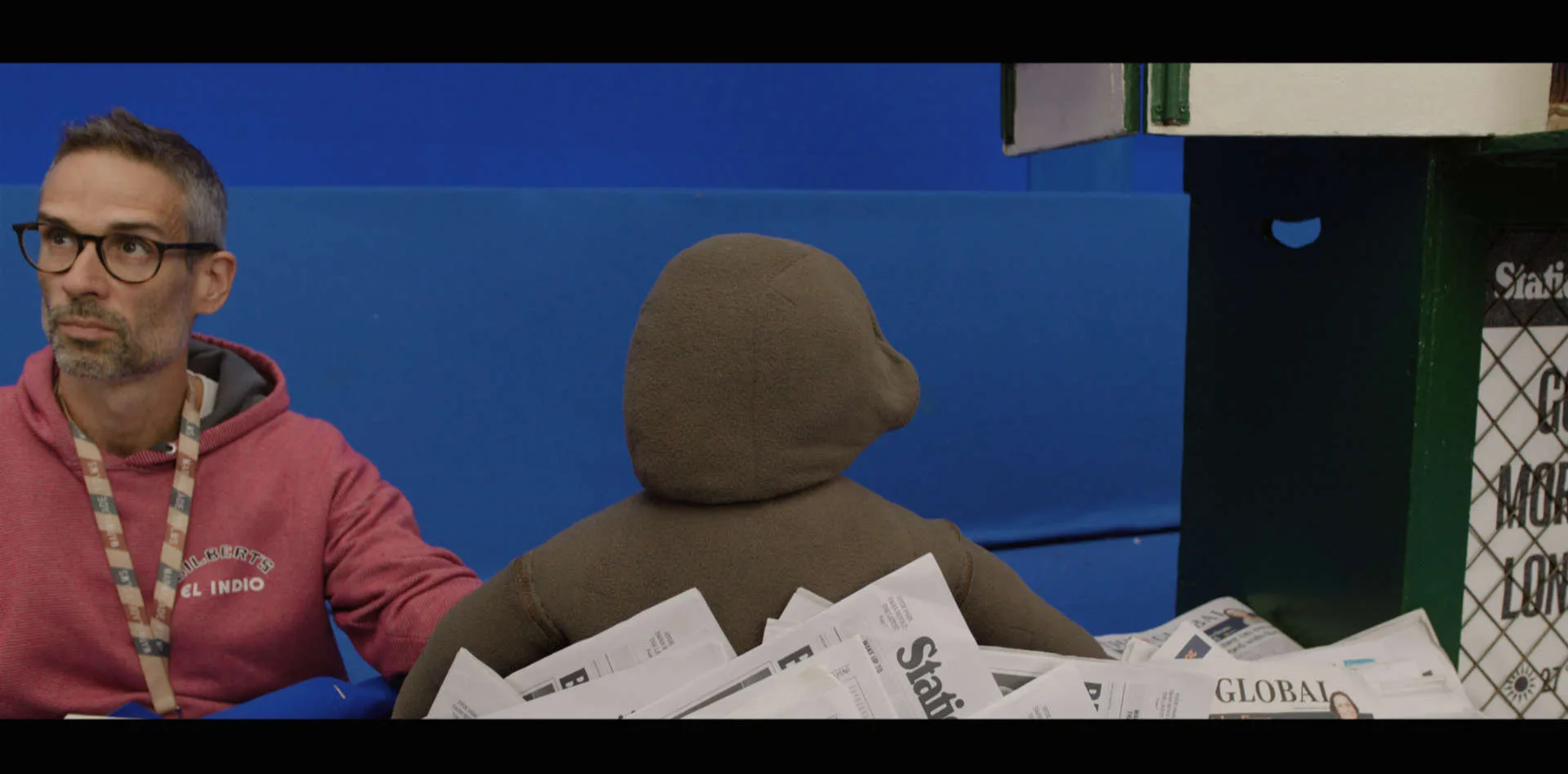

How did your experience working on Rocket in Guardians of the Galaxy Vol. 3 influence your approach to animating and rendering Paddington in Paddington in Peru?
That’s a great question! Interestingly, both the Paddington and Rocket Raccoon assets were created around the same time at Framestore for Paddington 1 and Guardians of the Galaxy 1, so they share a lot of similarities in terms of their development. For Guardians 3 and Paddington in Peru, we both upgraded the character models significantly — focusing on things like fur density, advancing the technology used for eye shaders, and giving special attention to the meniscus to bring real life to both characters’ expressions. We also used the latest fur simulation technology, which helped make the textures and movement feel more dynamic and realistic.
A great example of this is Paddington’s duffle coat. The cloth simulation in Paddington in Peru is a huge leap forward compared to the earlier films, and you can really see the progress when you compare it to how the fabric moved in the first two Paddington movies. It’s amazing to see how far the tech has come.
When it comes to animation, I was fortunate enough to work with a team of incredibly talented animators on both projects. On Paddington in Peru, I teamed up with Pablo Grillo, who is one of the best in the industry. While both Paddington and Rocket are characters with a lot of heart, Paddington is definitely a more subtle character. He’s not as animated as Rocket, who is more dynamic and expressive. Paddington’s animation is about those small, subtle movements that make him feel real and relatable — it’s actually more complex in a way because it’s about conveying emotion without it being overly exaggerated.
Every project is unique, and the stories we tell are different, but the one thing that’s constant across both films is the passion and dedication of the VFX team. Both projects were fueled by a shared love for the characters, and everyone on the team, whether they were working on Rocket or Paddington, truly gave their best to bring those characters to life in the most compelling way possible.

Were there any specific VFX techniques or learnings from Guardians of the Galaxy Vol. 3 that you were able to bring into Paddington in Peru, particularly in terms of character realism and performance?
Absolutely. As I mentioned in the previous answer, one of the key elements that we focused on for both Rocket and Paddington was the realism in their eyes. A lot of the character’s emotional depth comes through in the eyes, so we paid special attention to the “ping” in the eye and the meniscus, which helps convey life and emotion. In both cases, it was crucial to make sure the eyes felt as realistic and expressive as possible.
The subtlety of the animation was another key learning that carried over. The eyes can communicate so much, and getting that right was half the battle. When you have characters like Rocket and Paddington, the audience is naturally drawn to their eyes, and if they’re able to convey the right emotions, it instantly makes the character feel more alive. That attention to detail, particularly in making sure the eyes reflected the right emotion and realism, was a huge part of what made both characters come to life, and we really carried that learning forward from Guardians of the Galaxy Vol. 3 to Paddington in Peru.
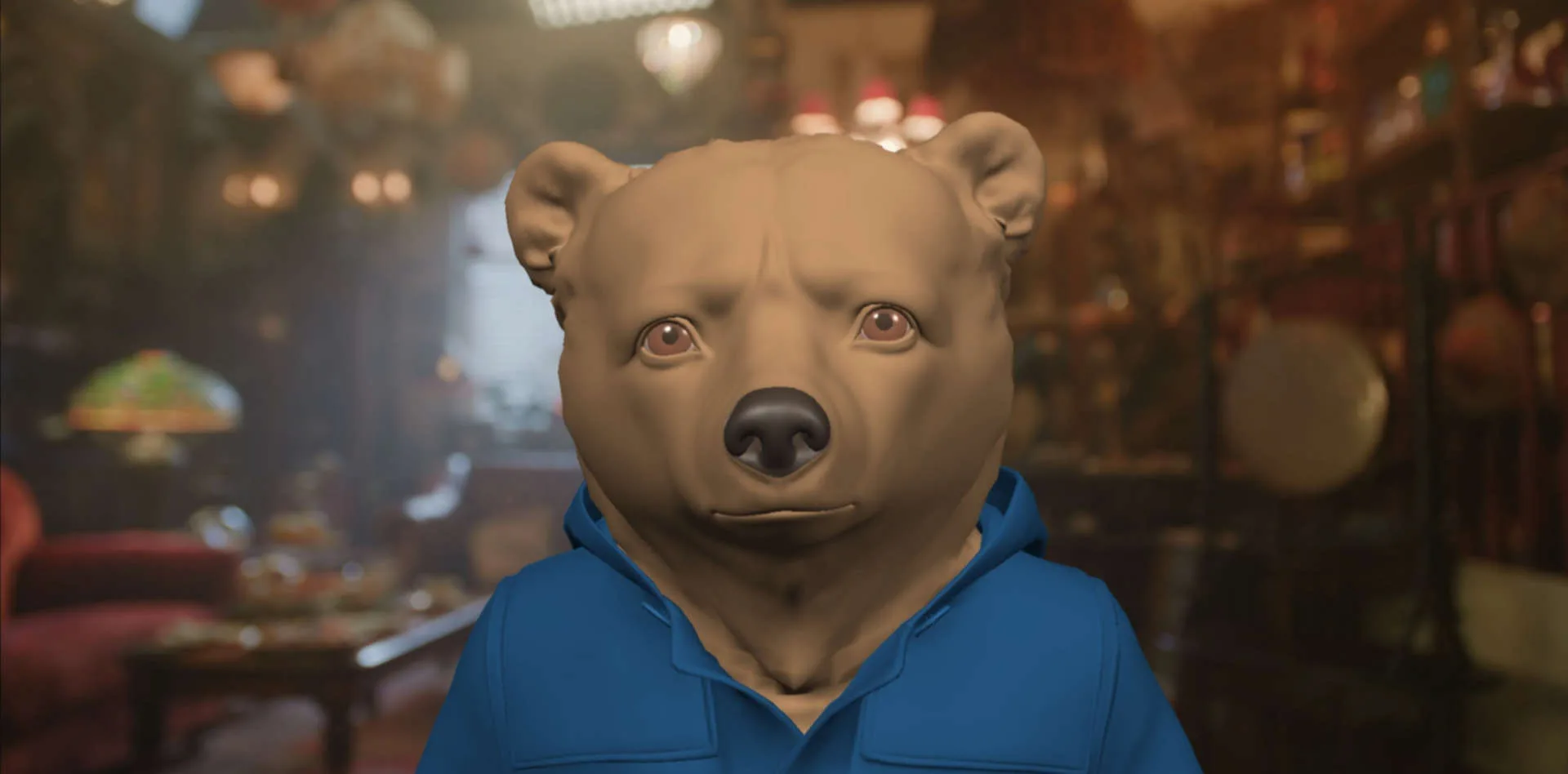

What were the biggest challenges in making Paddington look as realistic and expressive as possible?
The main challenge with Paddington was striking the right balance in his expression. He has a very distinct style of movement and expression, and if we went too big or too exaggerated, we risked losing the essence of who he is. Paddington’s charm lies in his subtlety, so maintaining that delicate balance was key.
Another layer of complexity came with the film being rendered in 4K. This introduced a new level of detail that we had to account for. The groom on Paddington’s fur, for instance, had to be absolutely perfect. Transitioning the assets from 2K to 4K was a significant challenge, as even the smallest change to his face could drastically impact how cute and emotionally resonant he appeared on screen.
In terms of realism, a lot of attention went into the simulation of Paddington’s fur and duffle coat. We shot a whole day of reference footage with an actor performing the necessary actions while wearing the duffle coat. This helped us understand how the coat should move and react to different conditions in a way that felt believable.
Another crucial element was the on-set performance. No matter how much work we put into the VFX, if the rest of the cast didn’t make Paddington feel like he was truly present and interacting with them, it wouldn’t work. To achieve that, we had several key actors on set. For example, we had Lauren, an actress the same height as Paddington, who helped the director and cast members block the scene, and Javier Mazan, a physical comedian who brought a lot of the body comedy to Paddington’s character.
We also had actors on set delivering lines in a similar tone to Ben Whishaw, ensuring that the performance matched. Our data wrangler team, led by Aaron Merritt, was instrumental in capturing precise measurements and ensuring the eye-line for the actors interacting with Paddington is always correct.
Then, during post-production, we recorded Ben Whishaw’s voice performance with a head-mounted camera to capture reference footage for all the subtleties of his expressions and physical movements, particularly for the more emotional beats. Ben’s talent as an actor was crucial in bringing Paddington’s emotion to life — he’s fantastic at delivering those small, nuanced moments that make Paddington so endearing.
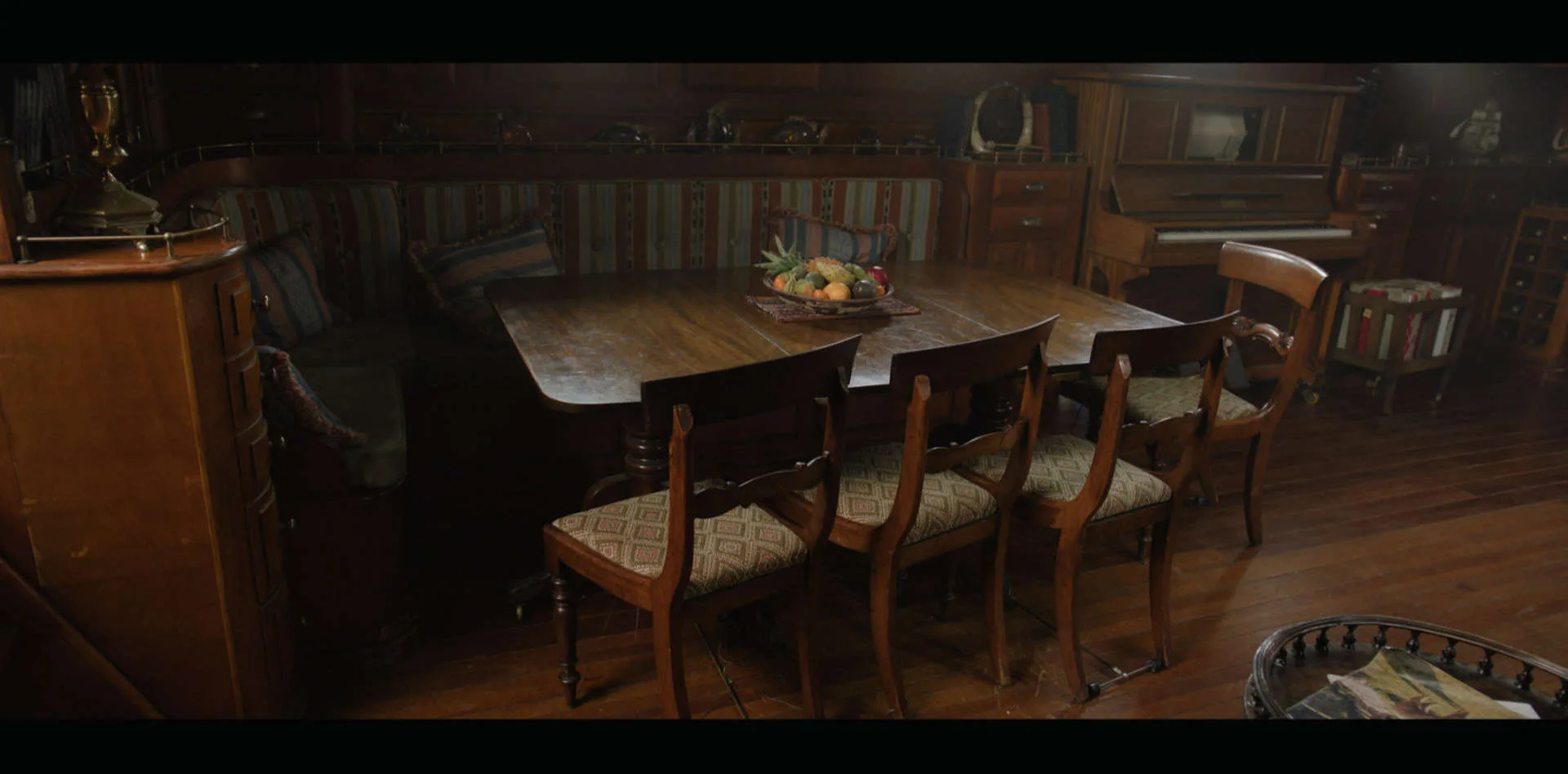
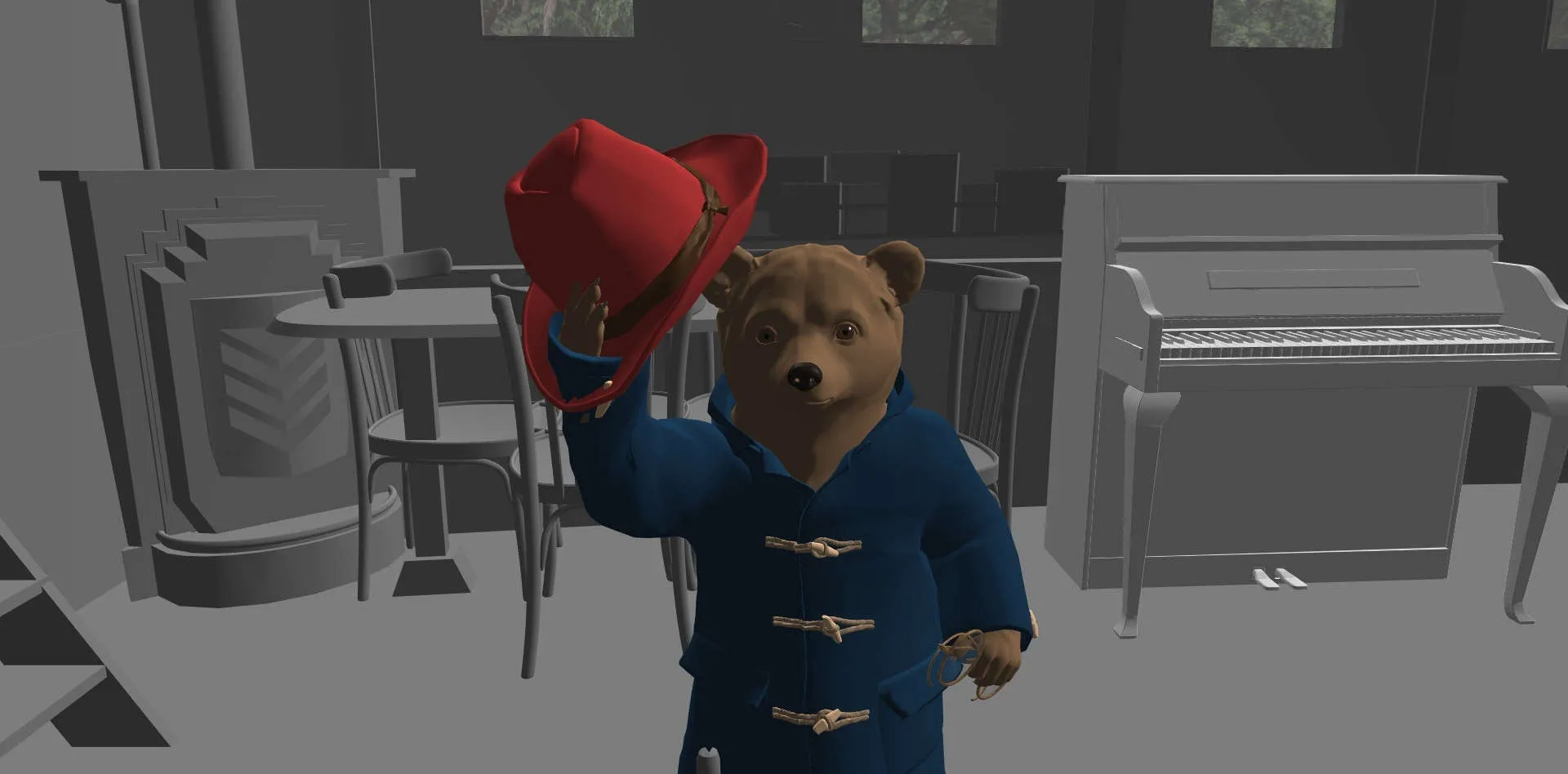

How did you ensure that Paddington’s fur and interactions with real-world environments remained believable throughout the film?
It really starts on set. For example, when Mary needs to hug Paddington, we shoot reference footage with Lauren, a stand-in, so we can capture the physical performance of the actor as well as a fantastic lighting reference. This helps us ensure the interaction feels natural and realistic. We also use a stand-in bear, which is crucial for getting the right physical interaction between the actors and Paddington.
In terms of objects, each one Paddington interacts with has a digital counterpart. For example, in a scene where Mary removes Paddington’s captain’s hat and replaces it with his iconic red one, she physically takes off the captain’s hat and drops the real red hat. We capture her motion on set, then switch over to the CG hat at the right moment. This helps maintain the flow of the scene, making sure everything feels seamless.
On set, we often have actors handing props to Paddington, like letters or umbrellas. It can look a little odd on the first take when they “hand” something to him, only for it to fall to the ground. But with practice, it becomes easier — they just need to aim at the right height, and we make it all come together in post. All of these interactions are essential in making sure Paddington feels truly present and believable in every scene.

Did the advancements in VFX technology since Paddington 2 allow you to push Paddington’s animation to new levels?
Interestingly, animation itself hasn’t changed all that much over the years. We still use Maya, still keyframe at 24fps, and the process is very much the same in terms of being a labor-intensive, handcrafted craft. It’s still a learning curve for every animator working on Paddington to master how to animate such a subtle character. So, in many ways, it’s the same formula — a team of incredibly talented animators, passionate about their craft, spending months refining every detail to make him look as good as possible.
That said, for the rest of the department, technology has definitely helped us push Paddington to new heights. Our rigs have become faster, our renderer is more photo-realistic, and our cloth simulation tools are more accurate than ever. These technological advancements allow us to add a level of realism that wasn’t possible before.
Even in departments like lighting, technology plays a crucial role, but it still requires an extremely talented team of lighters to ensure Paddington blends seamlessly into his environment. We always strive to avoid making him look flat, and the key to achieving that is ensuring there’s proper directional lighting, which really helps bring his character to life.


Given that Paddington is such a beloved character, how do you balance realism with maintaining his signature charm and warmth?
Paddington’s core design stays consistent, but we always strive to integrate him as seamlessly as possible into each scene, especially when it comes to lighting and his interactions with the rest of the cast. While his character doesn’t change, the challenge is ensuring that he feels like a genuine part of the world around him, no matter the setting.
We pay a lot of attention to the lighting to make sure Paddington blends naturally with his surroundings, especially considering he’s often in scenes with live-action actors. The way the light falls on him, the way his fur reacts to different environments — it’s all about making him feel like he’s truly present in those moments. The interactions with the cast are key too. When other actors are physically engaging with Paddington, we make sure they’re responding to him in ways that feel real, whether it’s a hug, a handshake, or even just a shared glance.
This helps maintain Paddington’s warmth and charm, making sure that while he might be a CG character, he always feels emotionally grounded and connected to the story and the other characters.

What were the biggest VFX challenges in creating the boat sequences on the river? Were they mostly practical or CG-heavy?
The boat sequences were undoubtedly one of the most complex and challenging aspects of the film. To make the scenes feel seamless, it all started with detailed previsualization, which mapped out the entire sequence. We followed this with tech-viz to define key technical aspects — such as camera height, angle, and the boat’s speed — to ensure that when we went to Colombia to shoot the background plates, we captured everything as accurately as possible.
The shoot itself was a complex endeavor. We spent about a week on location, moving back and forth between the river, using a five-camera array setup to capture multiple angles. This allowed us to stitch the background plates together seamlessly. Once back on set, our Director of Photography, Erik Wilson, who was fully involved in the process from the start, helped me pre-selected the background plates for each foreground shoot. This enabled us to light the foreground elements precisely, ensuring they matched the background as closely as possible. We also used standard VFX techniques on set, like the use of a gray ball to ensure the lighting and reflections between foreground and background plates were perfectly aligned.
For the more dynamic moments, like the boat moving through rapids, we turned to digital water simulations to create realistic interactions with the boat. Since shooting in actual rapids wasn’t feasible during the background plate shoot, we relied heavily on simulations to capture the correct scale, velocity, and movement of the water. To get this right, we shot a lot of reference material of real river rapids in Colombia, which we then used to match the behavior of the water in Houdini.
Thanks to our SFX Supervisor, Mark Holt, we were able to incorporate a gimbal rig on set in the UK that replicated the boat’s movements — including rotations — as it would behave on rough water. This setup helped give the actors the correct physical responses to gravity, wind, and motion, enhancing the realism of their performances. In addition, we integrated practical SFX water splashes on set and shot specific splash elements, which were later composited into the final shots.
In terms of the technical challenges, it was really a collaborative effort between our DOP, SFX, and VFX teams that made this sequence work. The integration of live-action plates, digital water simulations, and physical interactions between the actors and the boat was key to making the sequence feel immersive and believable. It required a lot of preparation, precision, and careful coordination, but the end result is something we’re all very proud of.

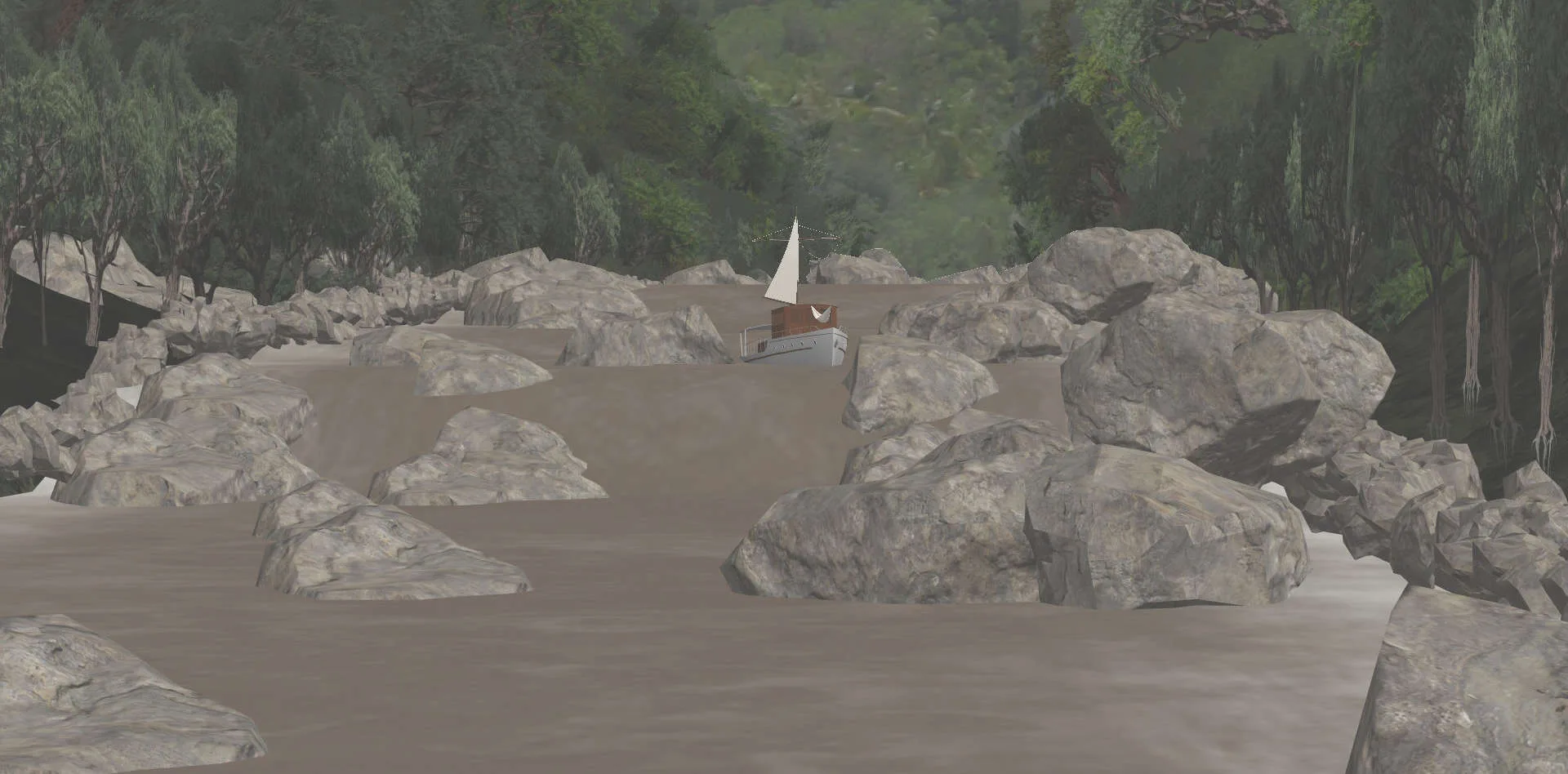
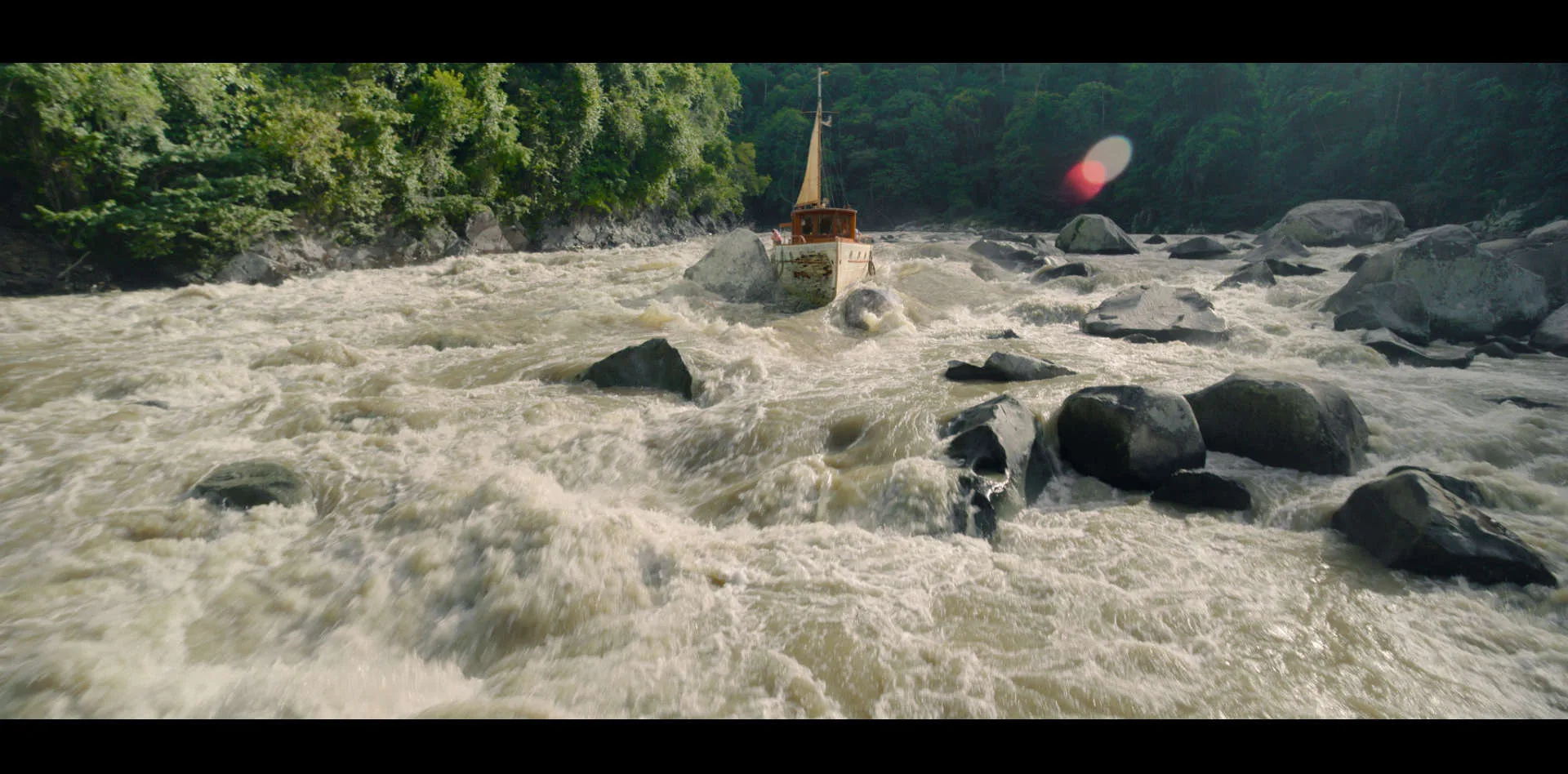
How much of the Peruvian jungle and ruins were shot on location versus created digitally, and what were the key factors in that decision?
Our Second Unit actually traveled to Machu Picchu to capture plates directly from the Citadel area. Even though the Citadel in the film isn’t meant to represent Machu Picchu exactly, it was heavily inspired by it, so we knew early on that we wanted real-world photography to ground the climb-up sequence in authenticity.
We spent about two weeks on location, and honestly, it was one of the most stunning places I’ve ever worked. Every single angle felt cinematic – the landscape is just spectacular. Using real plates for the climb made a lot of sense, especially because Paddington is alone in those moments and there wasn’t a need to physically integrate live actors on location.
For the descent, though (particularly the chase sequence between Antonio Banderas and Paddington), it was much more practical to build partial sets on our backlot at Elstree, thanks to our production designer Andy Kelly. That allowed Antonio to perform and interact naturally with the environment, while the rest of the Citadel was extended digitally.
In some shots, especially when Paddington is alone or performing complex actions like gliding down with his umbrella or riding the llama, we leaned more on full CG environments. The timing and precision required for those sequences, especially to sync with animation, made a fully digital approach the most efficient solution.
Ultimately, it was a mix of real set builds, location photography from Machu Picchu, and CG extensions — and I believe that blending those techniques helps the environment feel more authentic and natural to the audience, because you can’t quite tell where the real world ends and the digital world begins.

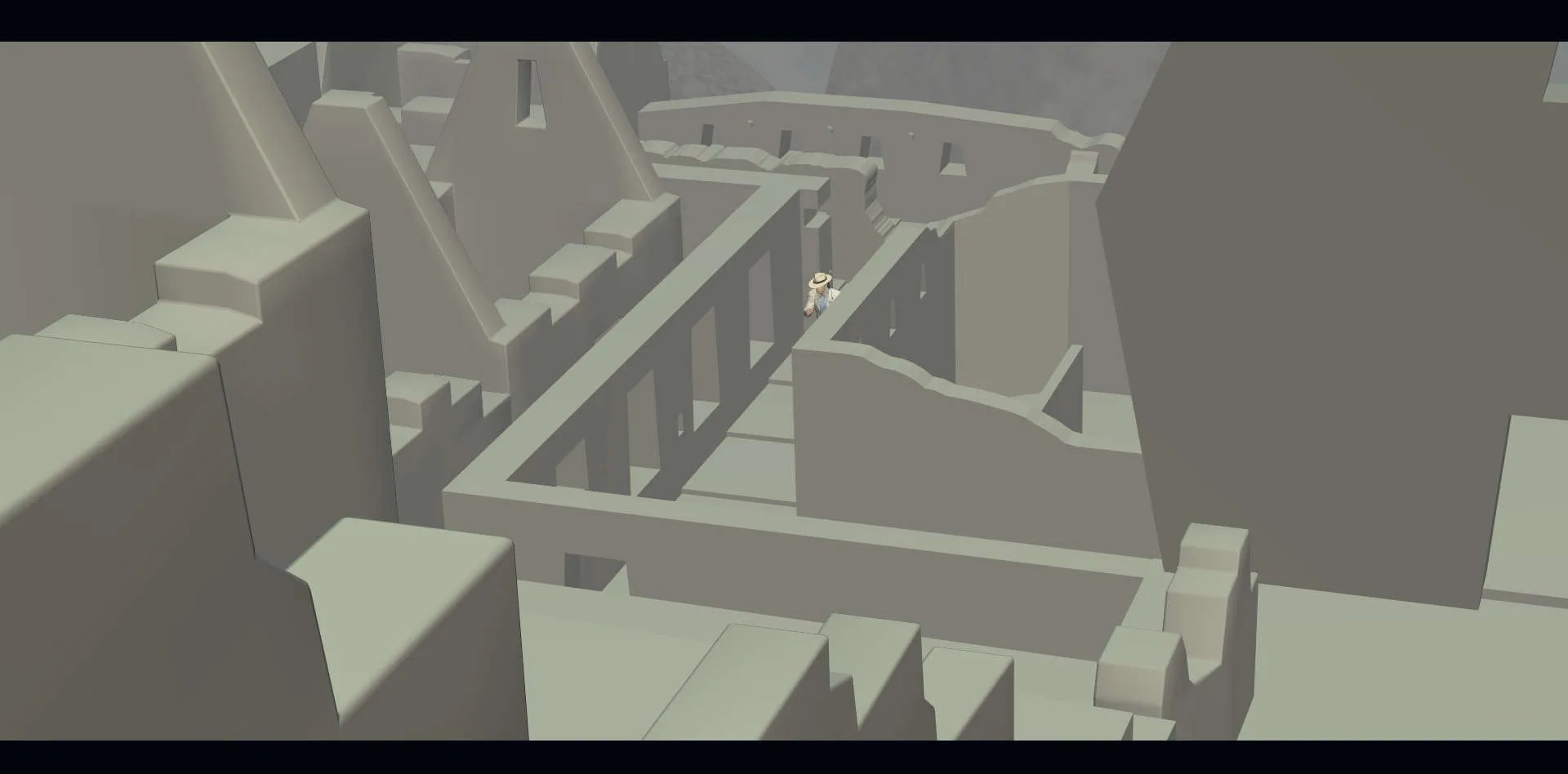
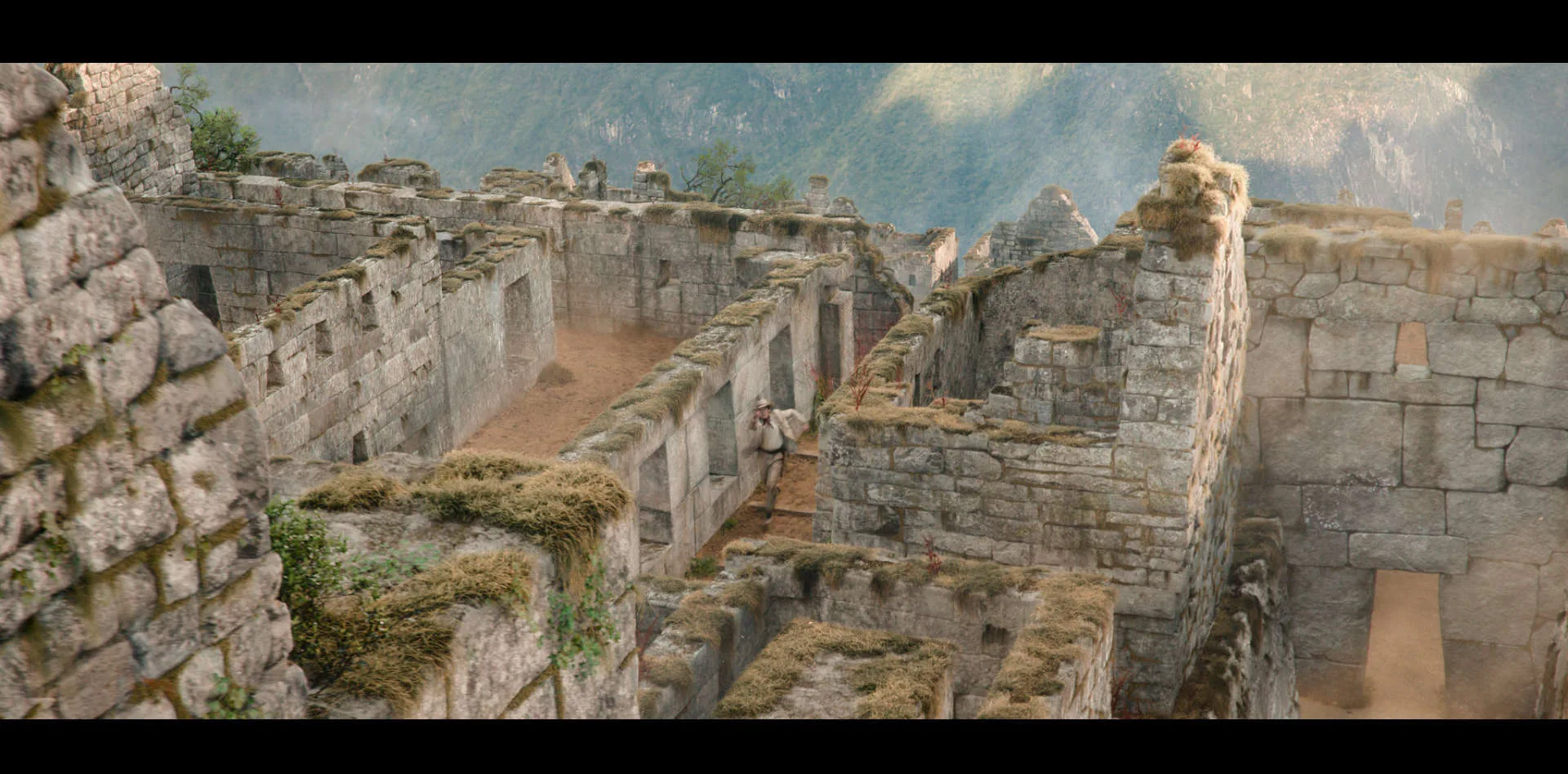
Can you talk about how lighting and atmospheric effects were used to enhance the realism and mood of the jungle and ruins?
The jungle sequences were mostly grounded in real-world photography. The wide establishing shots were captured on location in Colombia — so when the jungle looks authentic on screen, it’s because it truly is the rainforest.
For scenes shot in the UK, we used a location called Berry Bushes — a farm that gave us practical foliage to work with. But since it couldn’t match the scale and depth of a real rainforest, we always replaced the background with plates we had captured in Colombia. The real challenge there wasn’t so much creating the jungle, but rather making sure that the Brown family and Paddington felt like they belonged in that environment.
That’s where our DOP, Eric Wilson, was absolutely key. He fully embraced the process of selecting the background plates ahead of time, live compositing them on set, and working with reference tools like the gray ball to ensure the lighting on our actors and sets matched the background as closely as possible. That attention to detail was critical in blending the real and digital elements seamlessly.
For the ruins, we also relied on stunning photography from Peru, which gave us a strong base for realism. One thing we were very mindful of was not overusing atmospheric effects. In VFX there’s often a temptation to add a bit too much fog, too many god rays, or heavy lens flares, but we were careful to strike the right balance — enough to enhance the mood and composition, but always aiming for something that felt like it could have been shot entirely for real.
And then there’s the bear village inside the caldera, which was fully CG apart from some foreground plates shot at Berry Bushes. That presented a different kind of challenge: most of the time we were dealing with classic British overcast weather on set, but the caldera environment was designed to be bright and sunlit. So we spent a lot of effort finding the right balance in the grade and compositing, to make sure the light direction, exposure, and atmosphere aligned across the foreground and CG background.
In the end, it was all about subtlety — using lighting and atmospheric effects to serve the story and the environment, without ever drawing attention to the fact that much of it was created digitally.
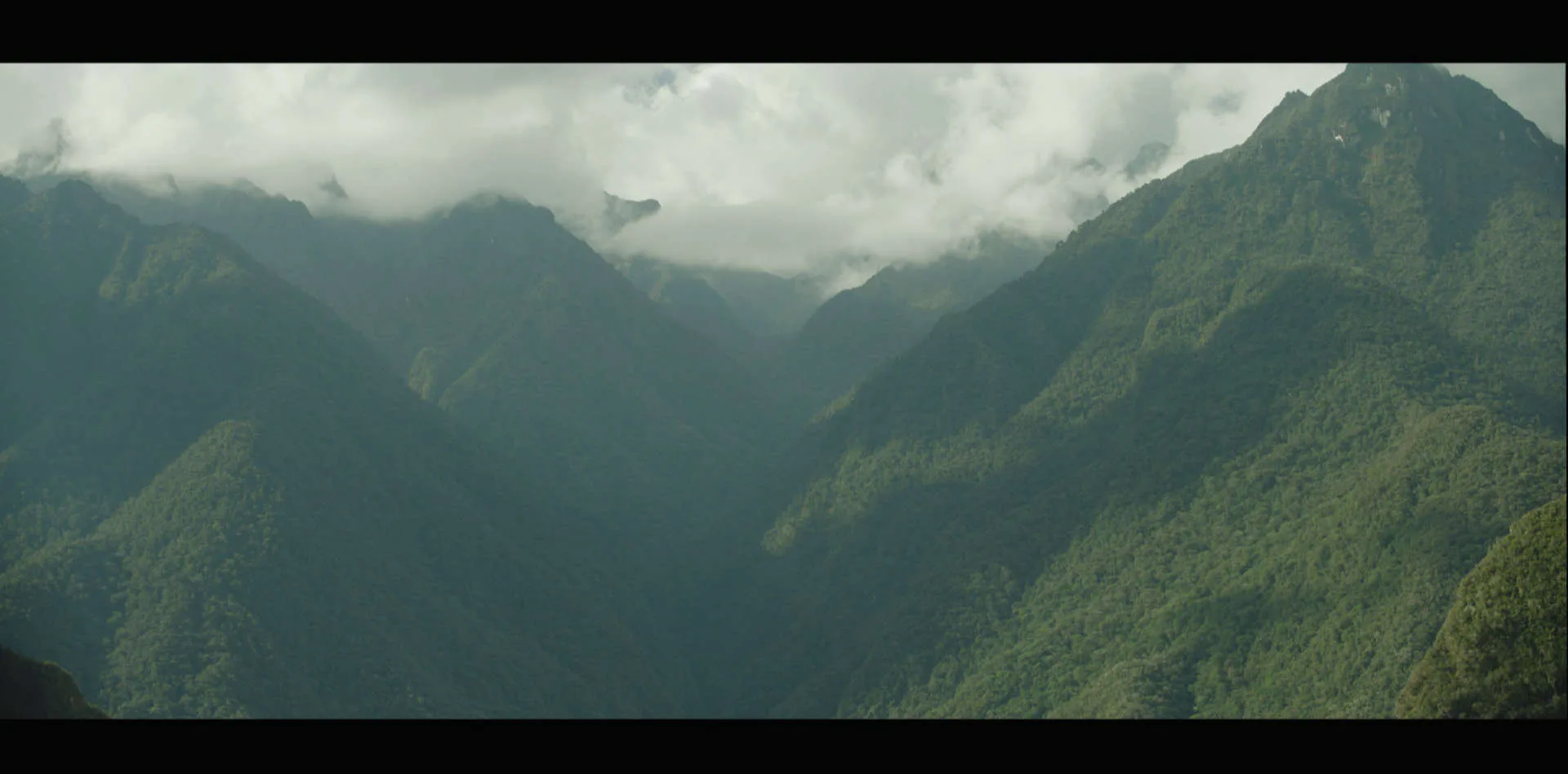


Were there any unexpected technical or creative challenges encountered during the production?
Thanks to a really solid prep phase, there weren’t many surprises — we were very clear from the start about where the challenges would lie. One of the biggest was always going to be how to seamlessly integrate foreground plates shot on a backlot in the UK with background plates captured in Colombia, especially when it came to matching the lighting. Shooting in London often meant dealing with overcast skies or rain, so the real work came later in the compositing stage, where we had to carefully marry both plates to create a convincing and cohesive image.
One sequence that did catch us a little off guard was Paddington as a baby on the log, floating in the river. That moment came quite late in the edit, which meant we had to turn it around quickly — and water simulation combined with making Paddington look believably wet on the log turned out to be a lot more work than expected, especially on a tight timeline.
Another technically tricky moment was actually the very first shot of the film — a long, continuous shot starting on the sun and revealing the caldera. For a long time, we were locked into using a plate of moving ferns that had been shot in studio, but the timing and lighting never quite worked for the final composition. In the end, we shifted to a fully CG approach, which gave us much more freedom to craft the shot exactly as we imagined.
And the same applied for sequences in Bear Village – sometimes the live-action plates simply weren’t sunny enough, so we had to find creative solutions in compositing to ‘add back the sun’ and make the foreground and background feel unified.
But all in all, I’d say it wasn’t so much about unexpected problems. It was more about constant collaboration and problem-solving, and having a team that was incredibly motivated to push for the best possible images. It was a really rewarding production to be part of.
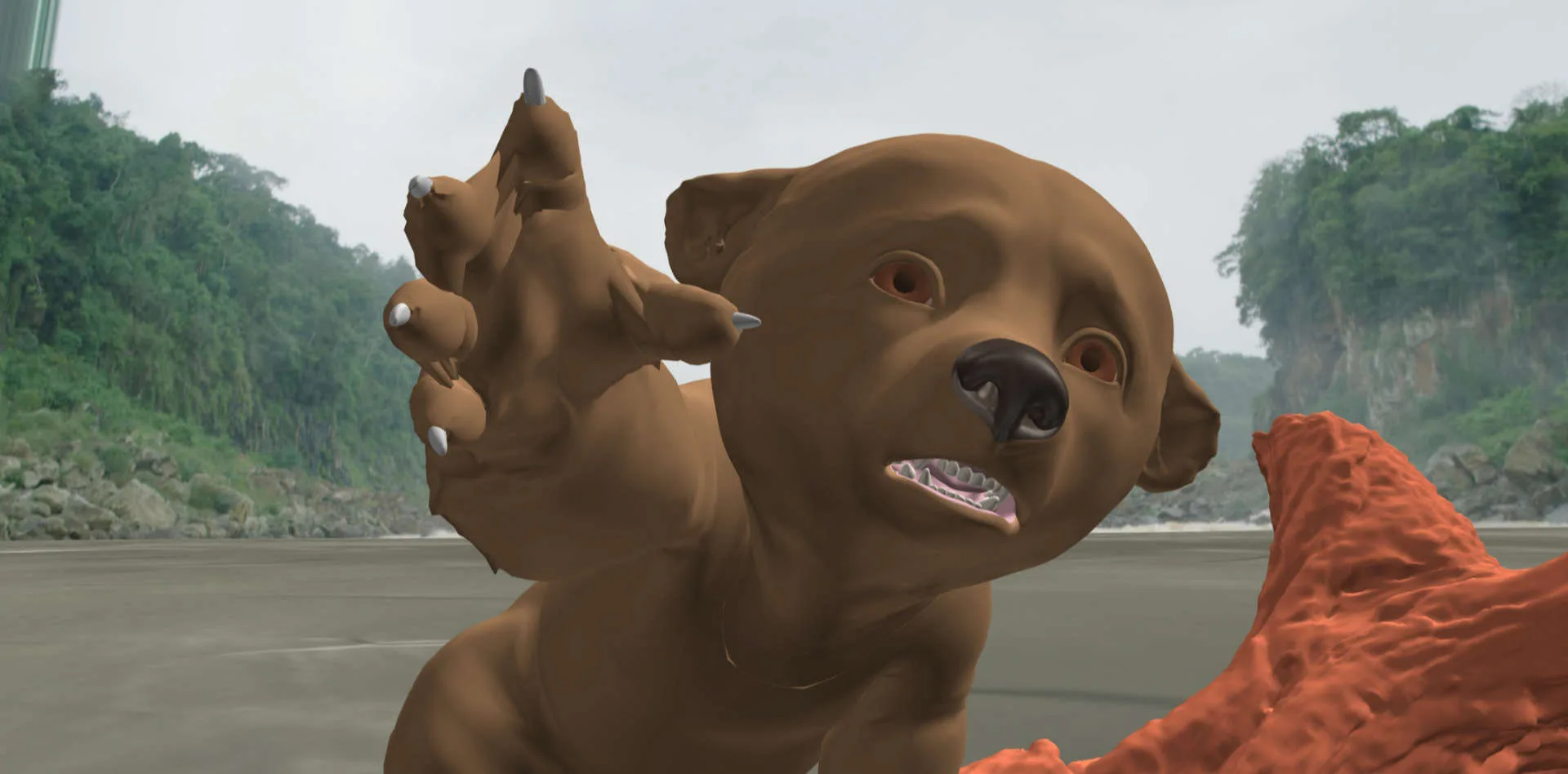

Were there any memorable moments or scenes from the film that you found particularly rewarding or challenging to work on from a visual effects standpoint?
There were definitely a lot of sequences that were particularly rewarding, especially those involving Paddington. Thanks to the incredible work of our animation team and animation director, Pablo Grillo, these moments were not only technically impressive but also emotionally resonant. One sequence that stands out is when Paddington finds himself in the middle of a full CG rainforest. It’s a pivotal moment in the story — Paddington, high up in the canopy, struggling under a torrential downpour, is at his lowest point. You really feel his isolation and emotional struggle as he climbs the tree, and I think the animation work there perfectly captures that emotion.
Another moment that really stood out was towards the end of the film, when Paddington has to choose between staying with his tribe or returning to the UK with the Brown family. The way the animation captured that internal conflict felt deeply moving, and from a visual effects standpoint, it was so rewarding to see that moment come to life.
On the more technically challenging side, one sequence that was a bit of a creative and technical leap was the stop-motion-inspired travel sequence. We initially explored working with real stop-motion techniques for the clouds, plane animation, and how we’d rotate the planet, even collaborating with a school to help visualize how we could execute that. Ultimately, we ended up going full CG, but it was a really fun and rewarding creative exercise — almost like a mini short film within the movie, and it added something unique to the overall experience.
And then there’s the plane crash sequence, which was a bit of a surprise in terms of how big and intense it got, especially for a Paddington film! It was quite a challenging and fun sequence to work on because we don’t typically have these large VFX-heavy moments. The plane crashes into dense vegetation, and we see vines stretching and sand being simulated as the plane plows through it. It was a technically complex shot, but also so rewarding to see it come together — especially when it culminates in that hilarious moment where the safety manual from Henry Brown ends up hitting Antonio Banderas in a very unfortunate place! It’s a perfect example of how great VFX can support both the action and humor of a scene.
Overall, these sequences really highlight the balance between technical innovation and emotional storytelling. Whether it’s the emotional moments with Paddington or the unexpected chaos of the plane crash, each sequence was a unique challenge and a fantastic opportunity to push the boundaries of what we could achieve with VFX.
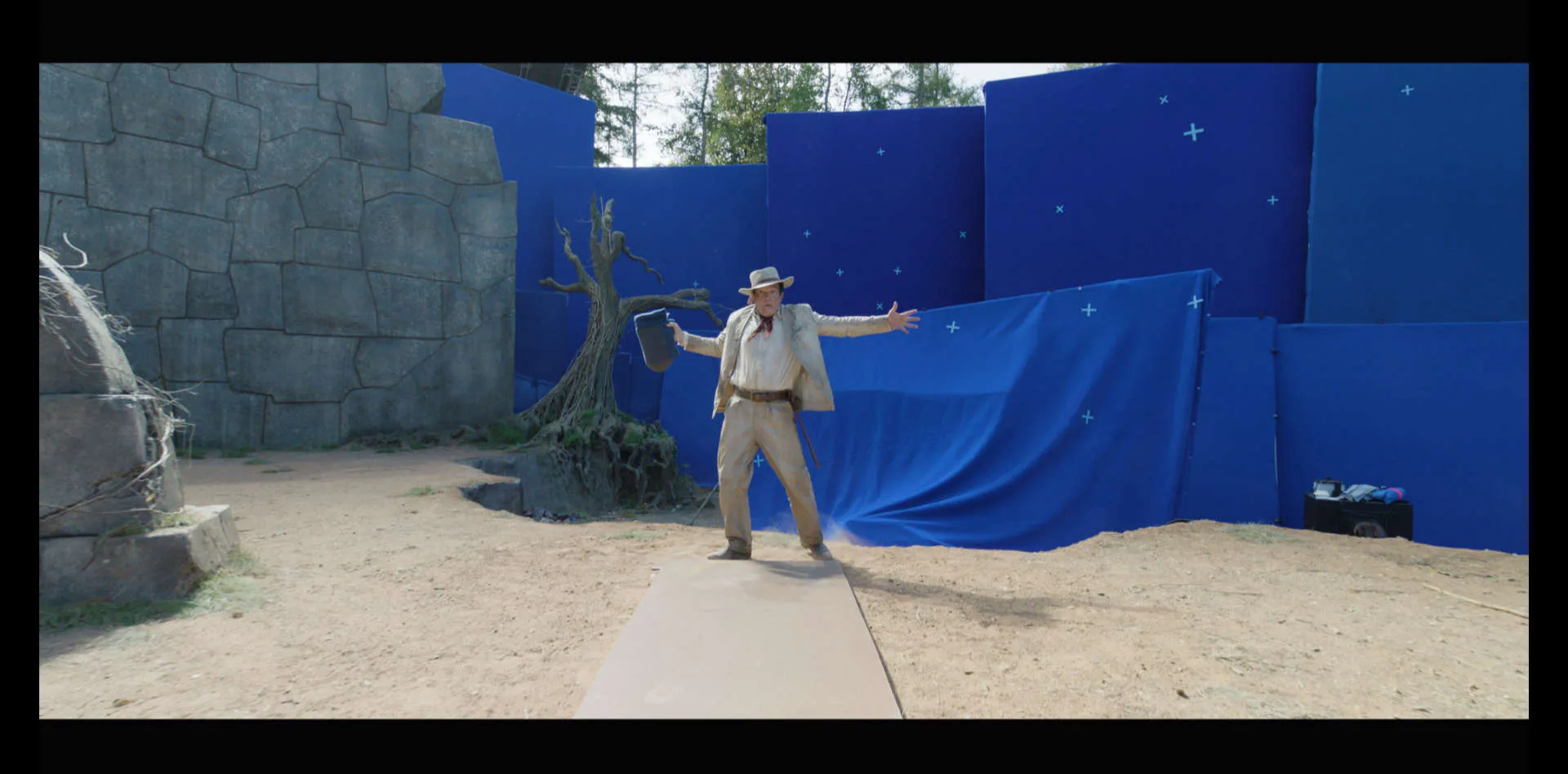

How long have you worked on this show?
A bit more than a year and half.
What is your next project?
I can’t tell you anything – I can only say it’s very exciting and challenging!
A big thanks for your time.
WANT TO KNOW MORE?
Framestore: Dedicated page about Paddington in Peru on Framestore website.
© Vincent Frei – The Art of VFX – 2025




